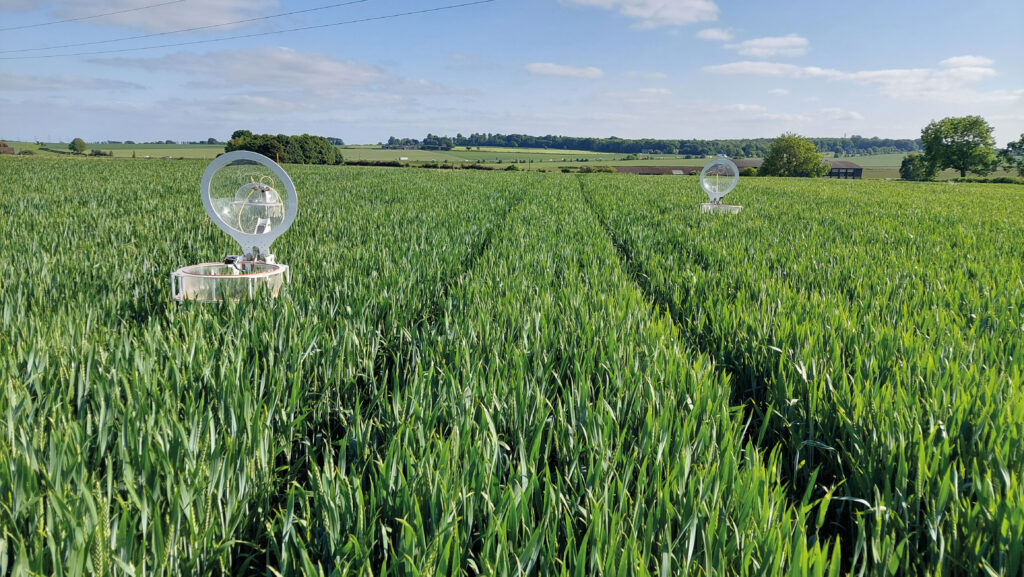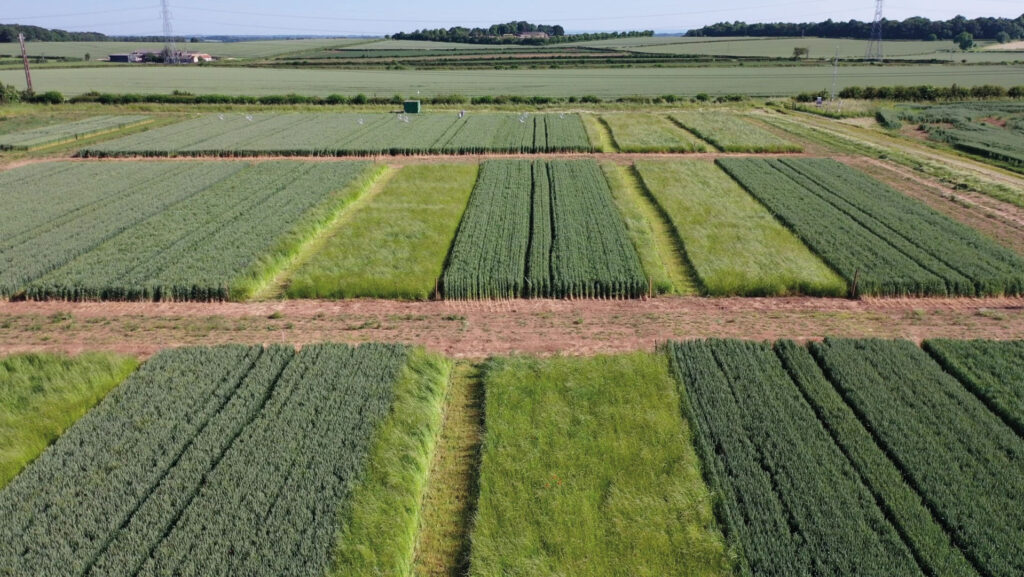University regenerative ag trial aims to plug research gap
 © University of Leeds
© University of Leeds A trial at the University of Leeds is measuring the impact of regenerative agriculture principles to plug the research gap and support evidence-based practise for farmers.
An array of metrics are being measured across seven different systems and compared against a conventional plough-based control. These include soil carbon, gross margins, crop development and nitrous oxide emissions.
The trial is now in its third year and ultimately hopes to establish whether all five regenerative agriculture principles need to be followed to make the system a success.
The five principles of regenerative agriculture
- Minimise soil disturbance
- Keep the soil covered
- Maintain living roots in the soil
- Maximise plant diversity
- Livestock integration
See also: Low-carbon premiums could soon benefit arable farmers
Ploughing and carbon
One of the most stark findings from the research so far suggests ploughing may not release as much soil carbon as initially thought.
Changes in soil organic carbon (SOC) measurements taken in year one of the plough-based system revealed SOC reduced by nearly 200g/sq m a year at 0-10cm in the soil profile.
However, SOC measurements taken at 20-30cm showed significant increases in SOC by a similar figure.
Dr Ruth Wade, university researcher and project lead, explains: “By solely looking at soil carbon changes at 0-10cm you would think you are losing carbon, but when you look deeper in the soil profile at 20-30cm what we see is the carbon from the soil surface is being buried deeper in the soil.”
“Ploughing simply redistributed the carbon deeper into the soil profile.
“Farmers have got to be careful with these measurements to get the full story of the system. We are continuing to monitor this after each crop rotation,” she says.
Trial measurements at the University of Leeds regenerative ag trial

© University of Leeds
- Soil chemical, physical and biological properties
- Hydrological properties and water quality
- Soil dwelling invertebrates
- Pests, disease and weed incidence
- Crop development, yield and yield quality
- Nitrous oxide, methane and carbon dioxide, fluxes and carbon and nitrogen balances
- Costs and gross margins
- Meteorological conditions, for example solar radiation
Different trial plots
At the university farm, near Branham in West Yorkshire, seven 12x40m trial plots have been replicated three times across the field, with each plot used to investigate different regenerative principles.
The field has a clay loam soil type, which was under conventional management before the project began in 2022.
“The first regen plot trials two principles: reduced soil disturbance, and keeping the soil covered with cover crops.
“We found farmers who were transitioning into the practice were most likely to implement these two principles,” explains Ruth.
Do growers need to follow all of these principles to regenerate their system? Can they follow two or three and still have the same outcomes?
From then on each plot adds an additional principle, including livestock integration, keeping a living root year-round in the soil, adding diversity, and the impact of herbal leys into the cereal rotation.
Year one – wheat and worms
Regardless of the trial plot treatment, winter wheat grown in year one revealed no significant difference in yield, at 11.5t/ha.
A trend of increasing soil organic carbon at 0-10cm in the regen ag plots was found.
Visual changes associated with regenerative agriculture are often said to take time, but the university trial revealed clear benefits associated with earthworm populations in the first year.
“Ploughing significantly reduced the number of juvenile earthworms,” says Ruth.
“We were able to measure the impact of regenerative agriculture principles on earthworm populations to find a significant increase in earthworm numbers compared with the conventional plough system.
“Monitoring earthworms is a simple measure of soil health – earthworms are ecosystem engineers,” she says.
Nitrous oxide emissions
Measurement of high frequency greenhouse gas emissions including nitrous oxide and carbon dioxide were examined.
Trials found greater nitrous oxide emissions released in the regen ag systems than the conventional, highlighting the need to reduce nitrogen rates in regenerative systems, likely due to the greater level of microbial activity and integration of legumes.
“Most of us know nitrous oxide emissions are released after each fertiliser dose, but as scientists we don’t fully understand why.
“There are weak relationships between soil temperature and moisture availability, but this is something we need to understand more,” says Ruth.
Year two – barley disaster
After a successful winter wheat, cover crops were planted in the regenerative systems, ahead of spring barley.
Spring establishment proved difficult in the wet conditions of 2024, and regen crops were a “complete disaster”.
The ploughed land established well, but the regen plots were non-inverted cultivated and redrilled.
Trials integrated with sheep and farmyard manure experienced increased compaction and weed burden.
Cover cropping, however, improved soil structure. “A simple slake test can be incredible to show visual soil results,” she says.
The process involves placing a small sample of soil into a beaker filled with water to see how aggregates respond.
In the trial, cover crop soil aggregates remained intact with minimal breakdown, suggesting good structural integrity and reduced nutrient leaching.
Ploughed aggregates proved less stable, highlighting risk of soil erosion.
Key messages
For growers looking to implement regenerative principles on farm, Ruth notes: “Growers do not have to do everything at once. Small changes can lead to results even in year one. Remember, every year is different, so make sure you adapt to the circumstances.”
The University of Leeds trial is part of UK Research and Innovation’s Transforming Food Systems, Fix Our Food initiative.
- Dr Ruth Wade was presenting findings at the Rootstock regenerative agriculture conference in Exeter, Devon, earlier this month
Visit the trial site
Farmers Weekly Transition Live is taking place on 8 May at the University of Leeds Farm, where attendees will be able to visit the trial plots and see them first-hand. Book your tickets for Transition Live.

